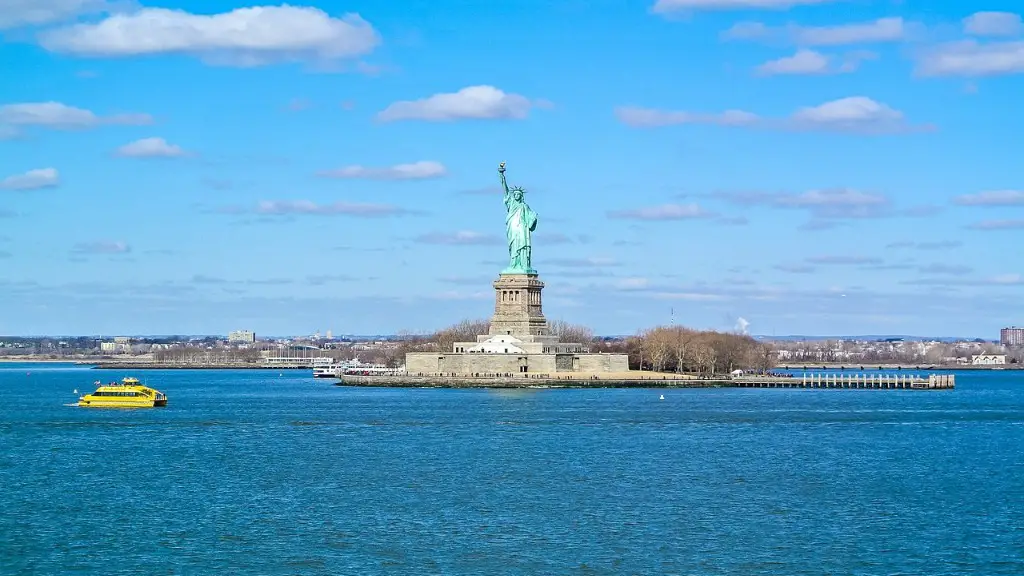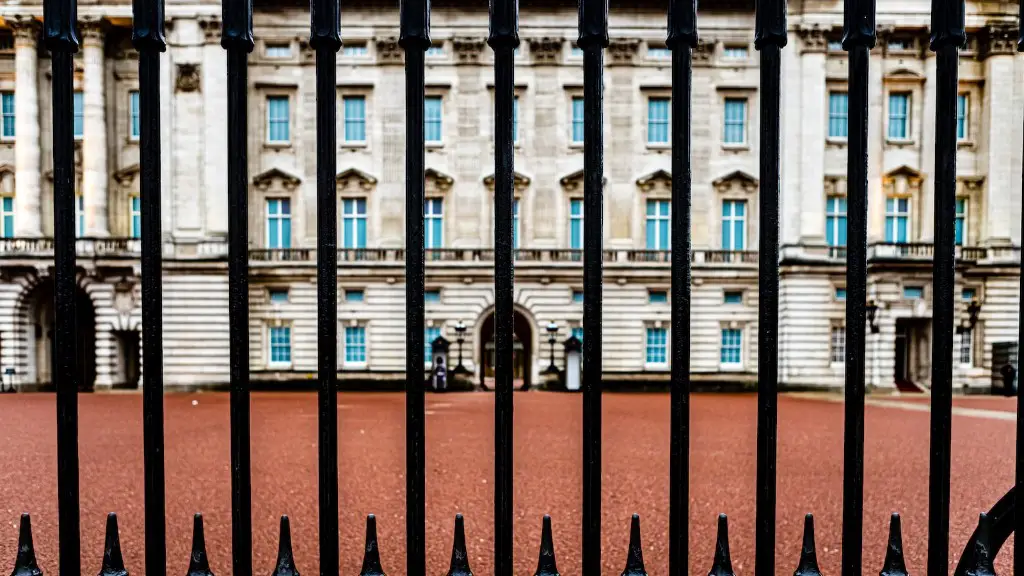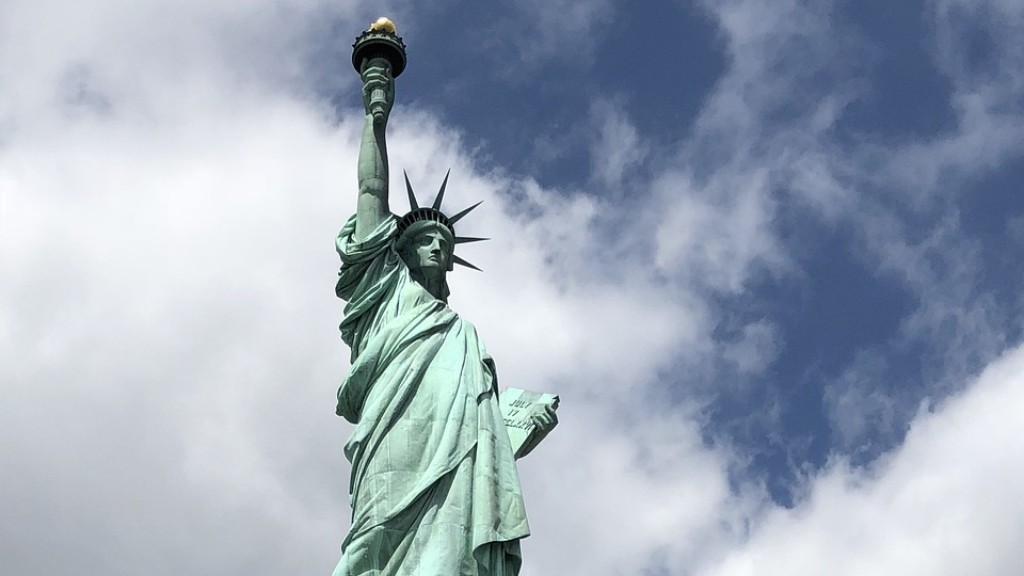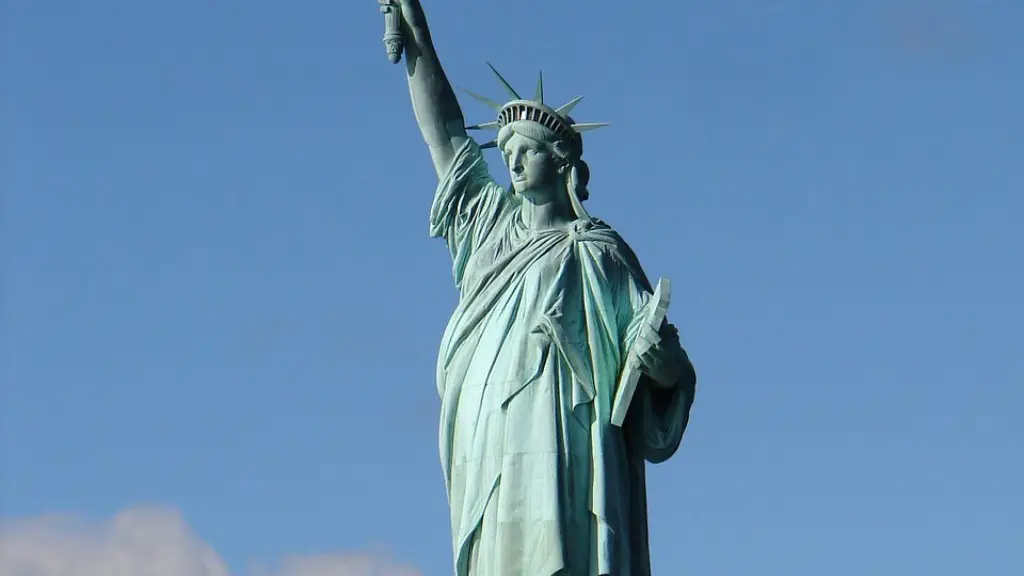The Forbidden City, located in the heart of modern day Beijing, stands today as a brilliant monument to the opulence and grandeur of one of the world’s greatest empires. Originally built in 1406, the Forbidden City served as the home of the emperors of the Ming and Qing dynasties until 1911. It has been home to emperors, empresses, concubines, eunuchs and thousands of servants who were responsible for the upkeep and running of it for hundreds of years.
The first emperor who decided to build the Forbidden City was Emperor Yongle. During his rule, he had the idea of creating a structure that would symbolize the greatness and power of the Ming dynasty. He was inspired by the ancient Chinese capital of Xian and wanted to create a new capital that was even more elaborate and grand. Yongle enlisted the help of over a million workers to build the Forbidden City, which took 14 years to complete. He also hired thousands of artisans to create the intricate patterns, sculptures, and artwork that can be found throughout the complex.
The Forbidden City is an incredible feat of architecture that was built in the traditional Chinese architectural style. The complex consists of 980 buildings, including halls, pavilions, temples, and galleries that served as the administrative, religious, and entertainment centers of old Beijing. It is also one of the largest palace complexes in the world. Each building is intricately decorated with colorful paintings, elaborate sculptures and patterned tiles. This made it so that the Forbidden City was not only a statement of political power but also a site of great artistic and cultural heritage.
One of the most notable features of the Forbidden City is the magnificent walls and gates. The perimeter walls measure nearly 4 kilometers in length and include four gates that are guarded by magnificent stone lions. There are also four courtyards inside the walls which are used for ceremonial events, religious rituals, and as places for the emperor to receive visitors. These gates also serve as the primary entrances to the palace complex and were carefully designed to ensure the privacy and safety of its inhabitants.
Many of the buildings in the Forbidden City are still standing today, though many of them have been converted into art galleries, museums, and tourist attractions. The complex is visited by over 14 million people each year who come to marvel at its stunning architecture and to learn about its fascinating past. It is also a UNESCO World Heritage Site, meaning that it has been designated as a site of cultural and historical importance.
The Forbidden City is a testament to the architectural and engineering skills of the people who were involved in its design and construction. It is an incredible example of how far humans can go when given the opportunity and has become a symbol of power and great achievement throughout the world. Even after centuries, the Forbidden City remains as a brilliant reminder of what is possible when we apply our talents and energy towards a common cause.
Political Significance
The Forbidden City has had much political significance throughout its history. For centuries, it served as the center of Chinese imperial power, which was symbolized by the emperor and empresses who lived within its walls. It was also the site where many important political decisions were made and diplomatic ceremonies took place. In addition, it was a symbol of authority and power to the people of China, as it was the home of the ruling dynasty.
The Forbidden City was used as a center from which the emperor could control his entire kingdom. It was surrounded by an immense wall and was well-defended by guards. Inside, the emperor had access to a great hall, palaces, and temples, which provided him with a great deal of luxury. It was also a powerful symbol of authority to the people of China and was at times used to showcase the emperor’s power and wealth.
Though the Forbidden City has not held political significance for many decades, it is still a potent reminder of the imperial power of the past. It is a reminder of the grandeur and authority of a time long gone, as well as an enduring symbol of the grandeur and wealth of the Ming and Qing dynasties.
Cultural Influences
The Forbidden City was also a place of great cultural influence. Not only because of the sheer magnitude of its size and the grandeur of its architecture, but also because of the various forms of culture found within its walls. Inside the Forbidden City, there were art collections, libraries, and theatres, as well as numerous works of art, such as carvings, sculptures, and paintings.
The Forbidden City was also a center for the development of numerous forms of music, dance, and traditional Chinese theater. It was where great poets and musicians composed and played pieces. The cultural influence of the Forbidden City was so great that it was said that the emperor often summoned artists from all over the Empire to come to the Forbidden City to contribute to its vast catalog of culture.
The cultural significance of the Forbidden City continues to be felt today. The complex is now a popular destination for travelers and acts as a draw to anyone interested in learning more about traditional Chinese culture. Its grandeur and architectural beauty serve as a reminder of the time-honored culture and heritage of China.
Religious Significance
The Forbidden City also has much religious significance. Inside the palace there are many temples and shrines dedicated to various gods and ancestors. These temples were used by the emperor to gain favor and assistance from the gods to ensure the dynasty’s long-term success. Furthermore, the emperor and his court made many trips to these temples to pray to the gods for protection and good fortune.
These temples and shrines also served as a way for the Chinese to honor their ancestors, who were believed to be the protectors of the dynasty. By visiting and praying at these temples, the Chinese could honor their ancestors and thank them for all that they had done for the dynasty. This is still a common practice in many parts of China today and it is something that has been strongly linked to the Forbidden City for centuries.
The religious significance of the Forbidden City is still felt today. Many tourists and visitors take the time to visit the various temples and shrines inside the palace complex, to learn more about the various gods and to pay respect to their ancestors. This is an important part of Chinese culture and one that continues to be practiced even as the Forbidden City continues to evolve and change.
Legacy
The Forbidden City has had a profound lasting effect on the Chinese civilization. It is a reminder of the dynasty that came before it and of the grandeur and power of the past. It is also a place where visitors can experience and learn about the rich history and culture of China. Today, the Forbidden City continues to be a popular destination for tourists, but it is also a place of reverence for many Chinese people.
The Forbidden City has also had a lasting impact on the architectural field, as its design and decoration serve as an inspiration for many modern-day buildings and complex designs. Its grandeur, intricate designs, and sheer size are often replicated in many of the large-scale construction projects of the modern world. It is also a powerful example of how large, complex projects can be completed when the right resources and skillsets are available.
The Forbidden City is a testament to the human ability to create something beautiful and lasting out of what at first may seem impossible. It is a shining example of a project that was undertaken with ambition and the desire to create something that would last for centuries, a feat that the Forbidden City has achieved and will continue to do so for many centuries to come.
Modern Day Use
The Forbidden City is no longer a palace for Chinese royalty. Instead, it is now a museum and tourist destination, as it houses some of the finest collections of Chinese art and artifacts in the world. The Forbidden City is also home to various cultural and political events, such as conferences and exhibitions, which aim to promote a greater understanding of traditional Chinese culture.
Inside the Forbidden City, visitors can explore the various halls, pavilions, and galleries that used to house emperors and empresses, and learn about the fascinating history of the Ming and Qing dynasties. It is also home to a number of remarkable works of art and artifacts, ranging from sculptures and carvings to intricate paintings and calligraphy. This makes it the perfect destination for anyone looking to learn more about traditional Chinese culture and the great dynasty that once resided there.
In recent years, the Forbidden City has become a popular destination for Chinese tourists, as well as a major draw for international visitors. It is a place of great beauty, splendor, and history, and it provides a fascinating glimpse into the past of an ancient dynasty. It is an essential part of Chinese culture and its legacy will continue to be felt for many centuries to come.



